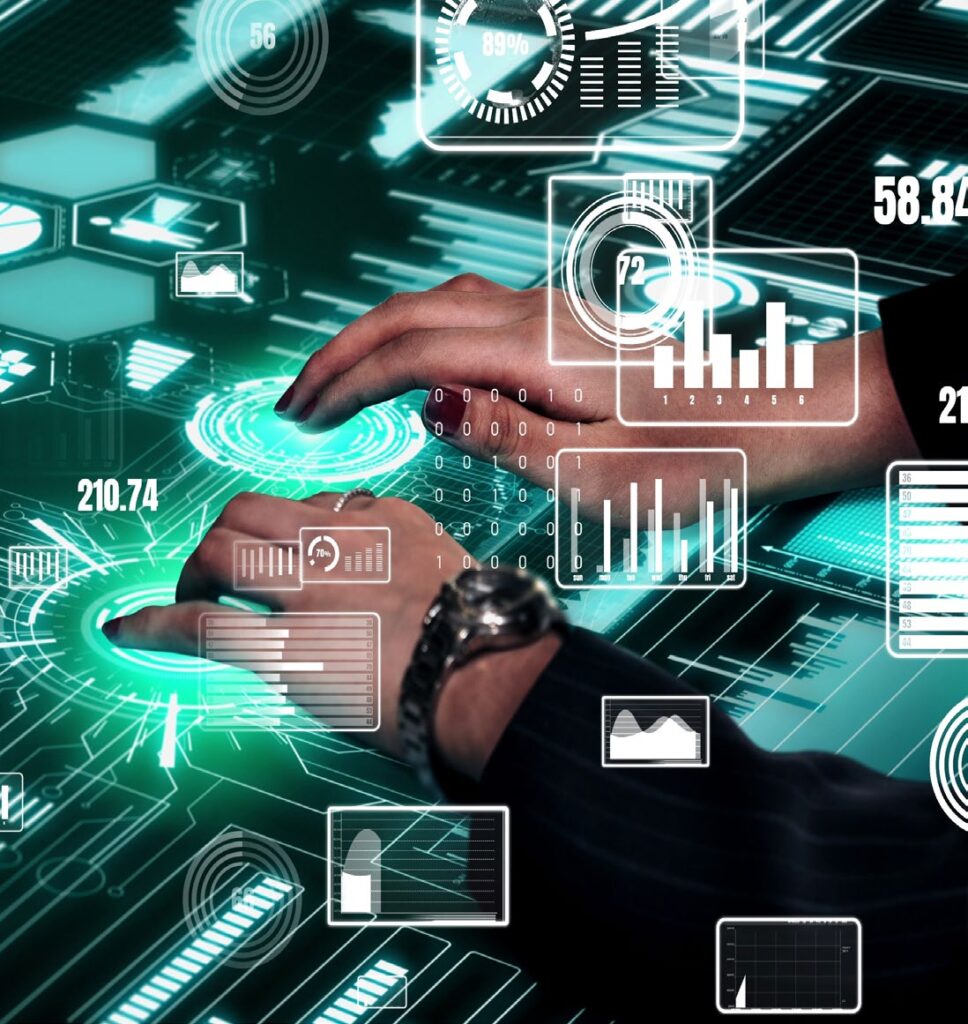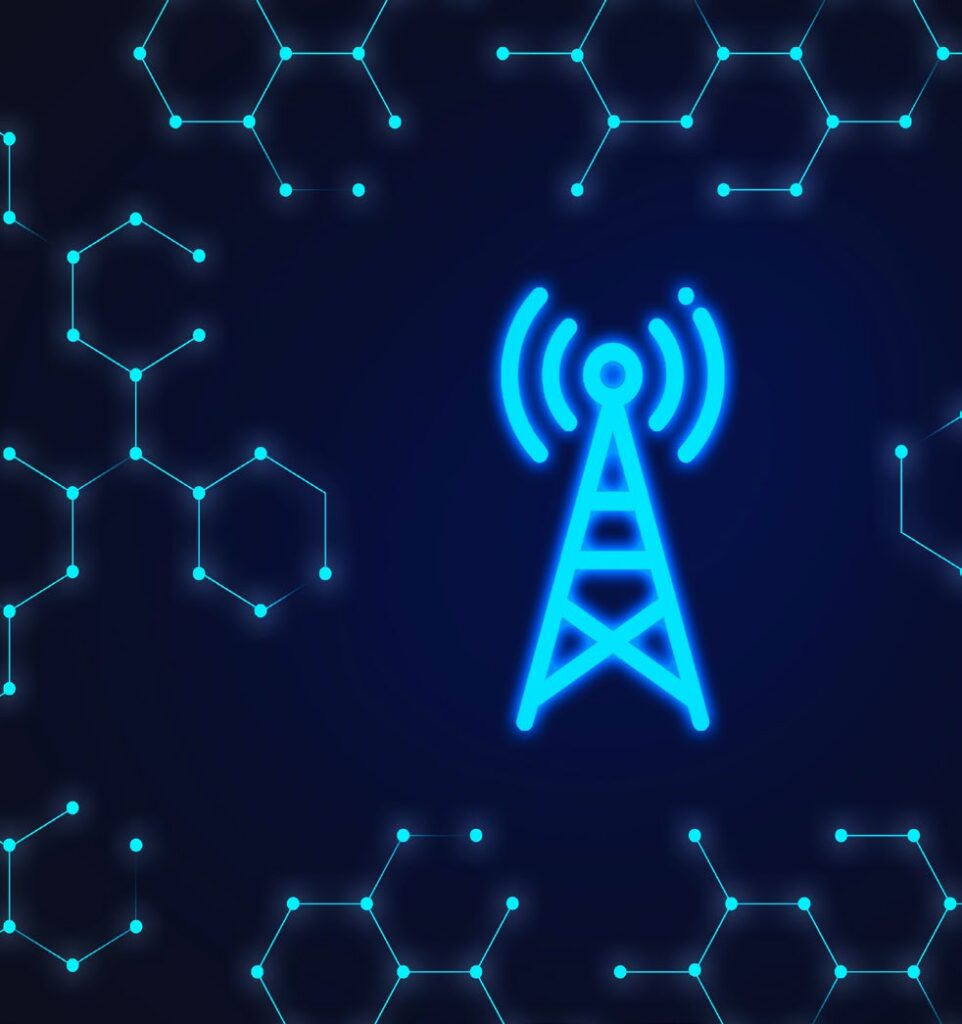Why Streaming Data Apps Matter

Real time is all the rage these days. Perhaps the most important area to focus on when looking at the potential impact of real time is the growing need for situational awareness and insights based on the growing number and variety of streaming data sources. Many businesses want to leverage such data to develop insights to improve operations, supply chain management, customer engagement, fraud detection/prevention, and more.
At the heart of any effort in this area is that wealth of data. It can be clickstreams on an online retailer’s website, location data from a customer’s cell phone, status data (performance, operating speed, temperature, etc.) from an Internet of Things (IoT) device, financial market information, or something else.
The challenge is how to make use of that data to deliver actionable insights in a time frame where they can make a difference. Common applications that query or analyze the data are worthless if results are not computed and available in sub-second time frames.

That need for speed is critical. For example, an autonomous car traveling down a roadway has a fraction of a second to analyze video streams, identify pedestrians or objects in the road, and navigate around them. A manufacturer with a highspeed production line has a similarly small window of time to assess real-time processes and machine data and fine-tune operations to maintain product quality as operations keep running.
Similarly, an online retailer must present an online shopper with recommendations while they are hovering over an item. And a telecom provider must route online video traffic around a congested hub to avoid noticeable jitter in the session.
These and many other application areas require real-time analysis of streaming data. That is the only way to give businesses the information needed to react to events as they are happening. It is a form of real-time analytics used to support decisions when actions must be taken in milliseconds to minutes.
Unfortunately, there are many issues that prevent businesses from converting their streaming data into realtime insights. In fact, many businesses face common challenges that keep them from being able to make timely decisions and act. These challenges include:
- The complexity and cost of processing multiple streams of data
- Being overwhelmed with processing “old” data while new data continually streams in
- Real-time insights that are not really real time due to computational or data transportation latencies
- What is called alert fatigue, where the volume of events or state changes of a system makes it hard to
- spot anomalies (this is the old needle in the haystack issue)
- A continued comfort, reliance, and familiarity with batch processing
![Ready to Complete the Data Pipeline with Streaming Applications? [Visit Nstream.io]](https://no-cache.hubspot.com/cta/default/8019034/c1eec4e8-b352-4290-830e-19341cc05d6b.png)
Streaming application basics
In modern business today, there are great benefits to be had by moving beyond analytics to automation. Automation can give businesses the edge needed to remain agile and relevant in today’s competitive marketplace. By introducing automation, businesses can help ensure individuals are not inundated with growing workloads or waste time on repetitive tasks. As such, automation reduces inefficiencies and provides businesses and workers more time to focus on meaningful, higher-value tasks. Simply put, automation can help reduce costs, save time, increase accuracy, and better serve the customer. That is what is driving the need for streaming apps.
So, what’s needed to convert streaming data into streaming answers? The answer is streaming applications. They allow organizations to collect, organize, and analyze data in a time frame that enables fast actions in response to real-time events. Unlike traditional analytics, streaming apps analyze static, historical data, and dynamic, realtime data from various sources, where the dynamic data may be continuously streamed from assets, equipment, devices, sensors,
or other sources.

What makes streaming apps different than analytics and business intelligence (BI) apps? Traditional analytics and BI are descriptive, providing information on what happened. Streaming apps are predictive. An example would be the dynamic generation of an offer in real time when a customer interacts with a financial services company.
Traditionally, when a customer calls or visits a website, information, including past interactions, account data, credit ratings, and more, could be called up and used to guide the interaction. The process is reactive. If the customer asks about their account or a new offering, an answer is provided based on historical data.
The problem with this approach is that it does not use situational information to make smarter decisions. In contrast, a streaming app might use real-time information such as which offerings appeal to customers right now or real-time financial data to make suggestions personalized for that customer. Would the customer be interested in a loan at a one-time special fixed rate? Did they know about a new CD the institute was offering to its top clients? Noting that the customer has a child of college age, would they like to hear about college loans?
A fundamentally different approach
Another way to look at the difference between traditional analytics/BI and streaming apps is to look at the underlying objectives. Businesses now need to “look up” at the business instead of looking down at the data. They need their apps to capture domain knowledge and consider business objectives.
Another way to look at the difference between traditional analytics/BI and streaming apps is to look at the underlying objectives. Businesses now need to “look up” at the business instead of looking down at the data. They need their apps to capture domain knowledge and consider business objectives.
A streaming app could dynamically adjust offers and interactions based on specific information about a customer. It could also be used to provide decision support to help guide the interaction between the organization and the customer.
In the case of decision support, the derived insights can be used to complement the actions a person would take. So rather than making a decision based on a change in market conditions, for example, a streaming app’s “answers” or output could provide the information to back up the decision. Thus, streaming apps can augment human decision-making and generally increase operational responsiveness and efficiencies for a business. Using such real-time insights for decision automation takes things to a higher level. The derived information can be used to act without a person involved.
As such, streaming apps and the insights they produce offer many benefits. They can offload work from people. They are a faster and less expensive way to operate rather than relying on human decisions. They can help ensure more consistent decisions and guarantee better compliance by following predetermined policies.
Elements that enable streaming apps
There are several features and capabilities that set streaming app analysis apart from other forms of analytics and business intelligence applications. At the highest level, streaming apps offer a more complete understanding not only of what’s happening but why something is happening. In many cases, the ultimate purpose of using streaming apps is to automate decisions that must be made instantaneously.

One differentiation between streaming apps and the more traditional analysis of real-time data is that streaming apps must enable event processing by analyzing information streams about things that are happening now. In other words, streaming apps offer a method for processing realtime events and extracting information from event streams as they arrive. Such event processing aims to identify meaningful events (such as business opportunities, threats, anomalous situations, and more) in real-time situations and respond to them instantly. Furthermore, streaming apps derive actionable information in sub-second time frames, so actions can be taken in seconds in response to events.
Another significant distinction of streaming apps is that they must perform analysis on streaming data while the data is in motion. The data is not saved to a database first and then analyzed after the fact. However, streaming apps do much more than just real-time data analysis. Streaming apps typically derive intelligence from the combination of events data (using events streams) and contextual (static and/or dynamic) data, analyzing that data in concert.
Additional technologies enhance the value of streaming apps
Many businesses need the ability to make a decision instantly and automatically. In most cases, such capabilities cannot be achieved using a single stream of data. As such, streaming apps must integrate and aggregate data from different sources, including events data, streaming data, data in data warehouses, and more. And more importantly, modern applications must be able to process a stream of data in real time alongside all necessary contextual data.
![Ready to Complete the Data Pipeline with Streaming Applications? [Visit Nstream.io]](https://no-cache.hubspot.com/cta/default/8019034/c1eec4e8-b352-4290-830e-19341cc05d6b.png)
Contextual data is data associated with a given entity (e.g., a customer) or object (e.g., an autonomous car) that provides context for that entity or object. Contextual data is essential to the interpretation of data and the making of informed, data-driven decisions. Streaming apps enable you to not just know what’s happening but also interpret meaning.

How is such data used, and what value does it bring? Take a telco company with cell towers around the country. If the company notices bad network performance from one of the towers, diagnosis requires contextual data.
The diagnosis process starts with an initial signal. A cell tower sends a message to the telco company that indicates poor network performance. To diagnose the problem, the telco company will want to know things like how many subscribers are attached to the cell tower, how are the cell towers around the poorly performing cell tower performing, and more. Answering each question requires data from a different source.
To make an effective diagnosis, the telco company needs to fuse streaming data and static data in real time. Only then will the company have the contextual data necessary to make sense of the initial data.
There are similarly complex examples in many other fields and application areas, including customer engagement, financial services fraud detection/prevention, performance monitoring, operational responsiveness, and more.
Enter digital twins
Increasingly, businesses are using digital twin technology to take insights from streaming data and its context to take action on an individual basis. Such digital twins are a different notion than the digital twins term that’s been around for a long time. Originally, digital twins arose in a manufacturing environment.
Here we’re talking about a much more expansive definition of digital twins here. Businesses want to create digital twins of their physical and digital entities—vehicles, delivery routes, point of sale transactions, customers, infrastructure, and more. And they want to feed those digital twins with streaming data so that they have a live picture of everything that’s going on in their business and how it’s related. In this way, a business could create a real-time picture of a network or food delivery service based on the business’s needs. Once they have a real-time picture of the entire landscape, they can see what’s happening, find the specific outliers (not the averages) and then take action.
Teaming with a technology partner
Businesses are evolving from static data to streaming data. And this shift to streaming data requires new thinking in the way applications are built. Modern streaming apps fuse static and streaming data and apply real-time analytics to derive contextual insights needed to make decisions and take actions sub-seconds after an event has happened.
While some event streaming solutions might include data movement infrastructure elements such as Apache Kafka, a streaming application needs much more. It is important to note that an event streaming infrastructure does not understand the meaning of events. Such understanding requires applications that can analyze and respond to events by considering the relevant context in real time.

What’s needed is a platform that builds, runs, scales, and secures distributed applications that perform contextual data analysis in real time. Specifically, streaming apps must support great scalability, high-speed data ingestion, and sophisticated real-time analytics, which could include artificial intelligence (AI) and machine learning (ML) frameworks.
Additionally, because businesses today use many sources of data—typically of enormous volume, from globally distributed sources, and generated at unprecedented rates—an approach that cobbles together point solutions will be labor-intensive to manage and will not scale.
These are all areas where Nstream and its Nstream Cloud platform can help. Built by developers for developers, Nstream enables developers and engineers to build domain-specific applications that unify static and dynamic data from message brokers, databases, and other data sources to create smart, interlinked real-world models—Nstream Web Agents—which power extremely responsive, scalable, and efficient continuous intelligence applications.
Nstream Web Agents efficiently transform streaming, contextual and historical data into real-time insights while reducing application complexity and taking advantage of available compute resources closest to the data sources.
That lets businesses model the real-time state and context of every individual business entity with active digital twins called Web Agents. Nstream allows businesses to feed data and context into Web Agents from multiple in-motion and at-rest data sources. It also lets them execute arbitrary business logic on real-time state changes to any Web Agent, deriving new states, computing real-time analytics, or taking automated action in the process.
Taken together, the features and capabilities of the Nstream offerings help businesses get control over their streaming data, providing insights into that data in a timely manner to quickly react to changes and take action.
![Ready to Complete the Data Pipeline with Streaming Applications? [Visit Nstream.io]](https://no-cache.hubspot.com/cta/default/8019034/c1eec4e8-b352-4290-830e-19341cc05d6b.png)

